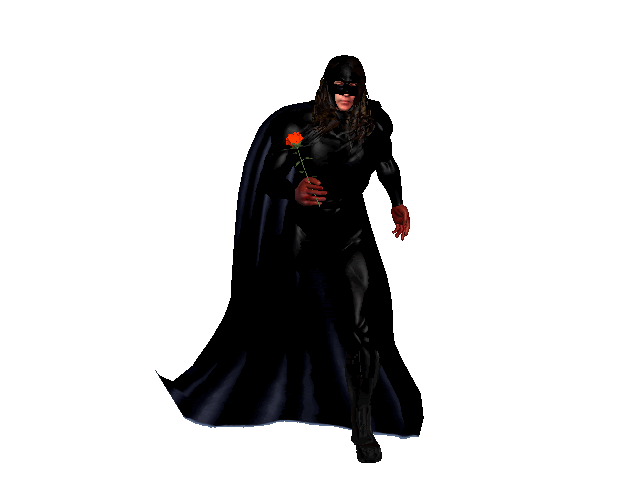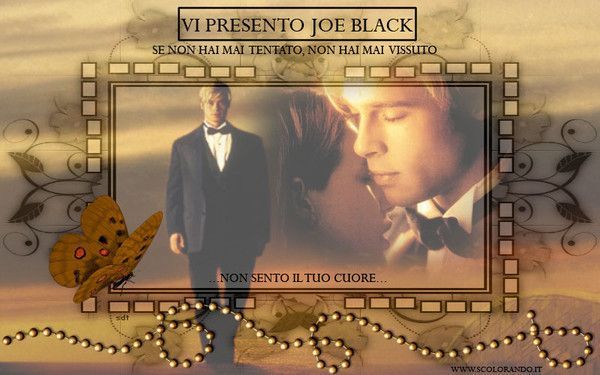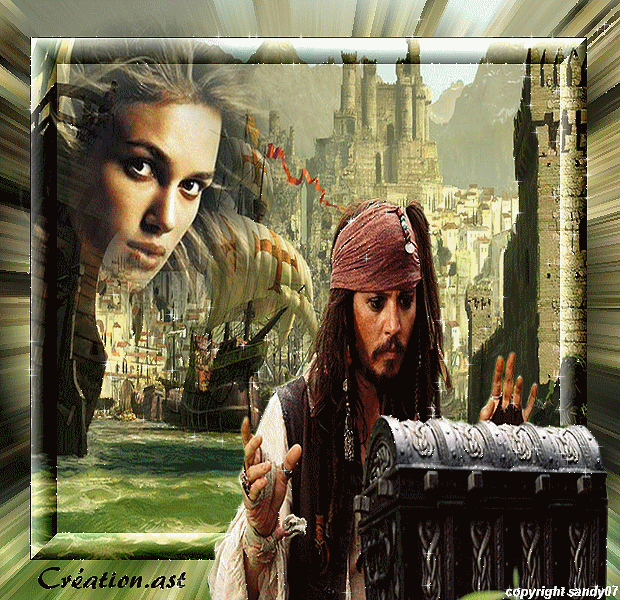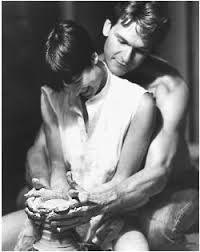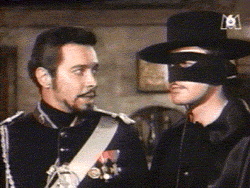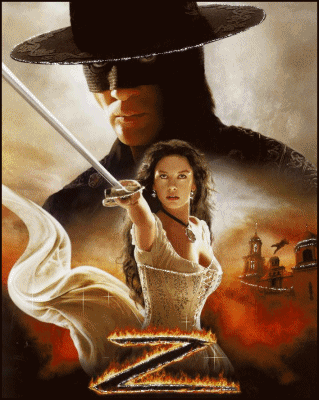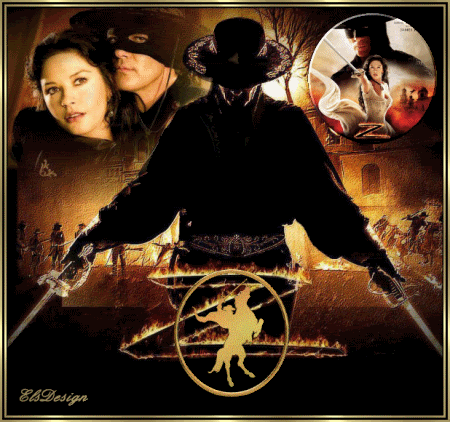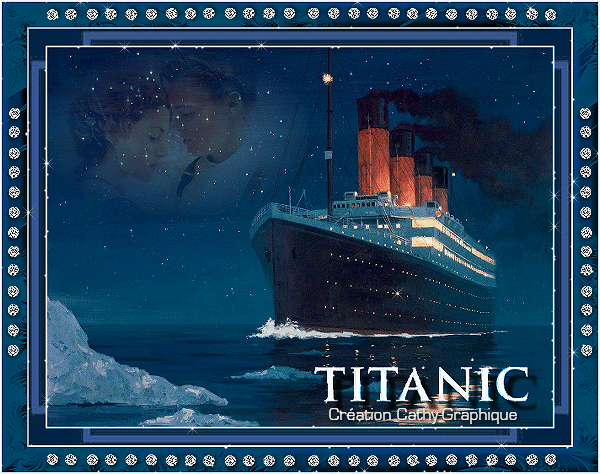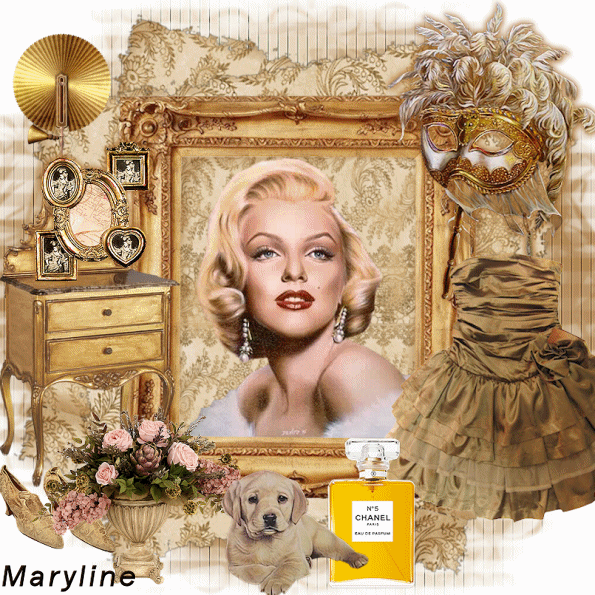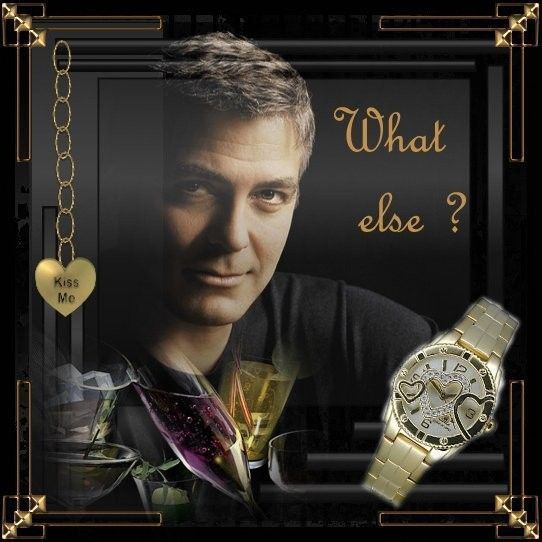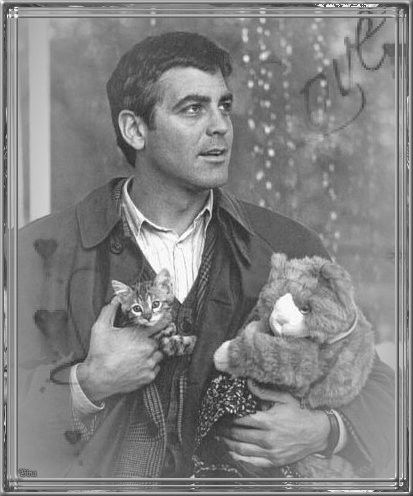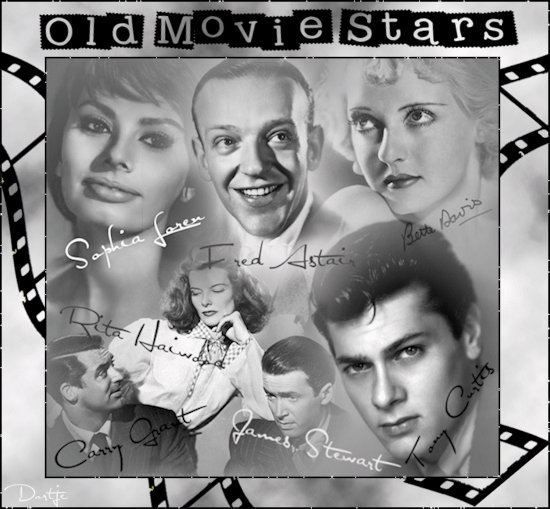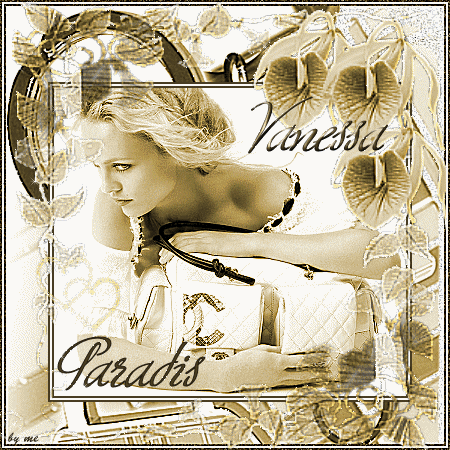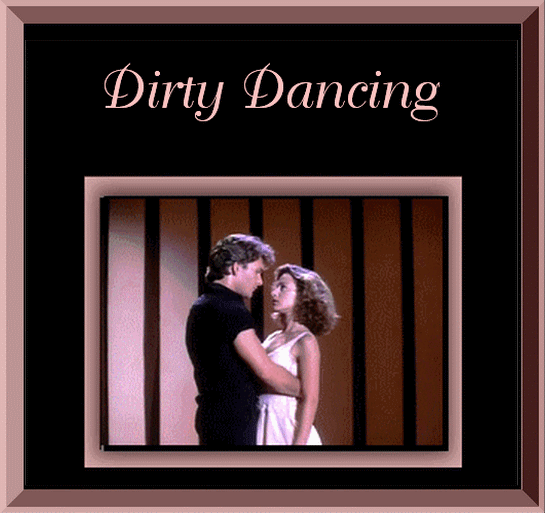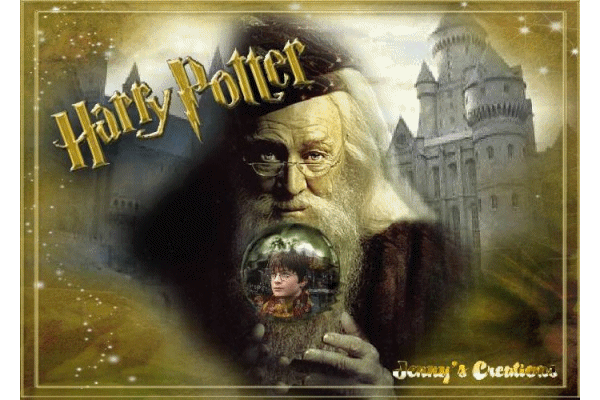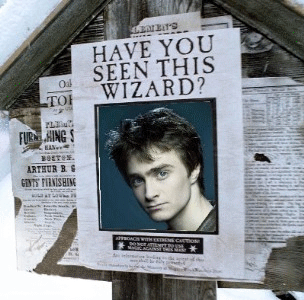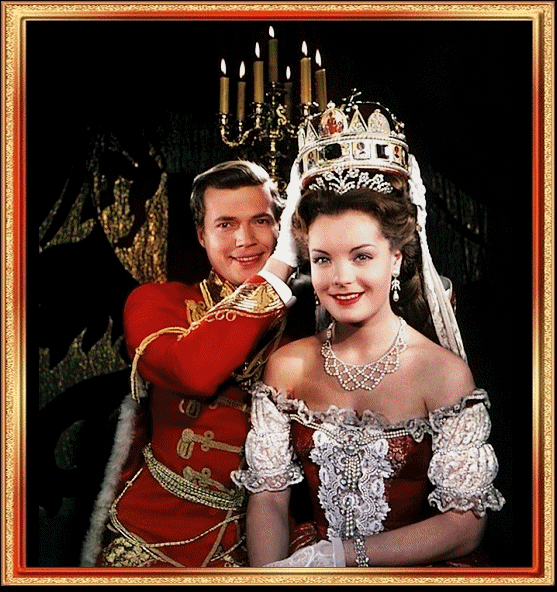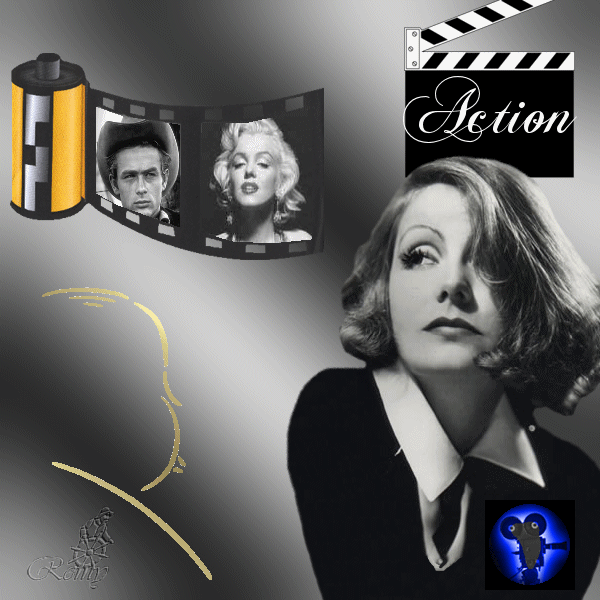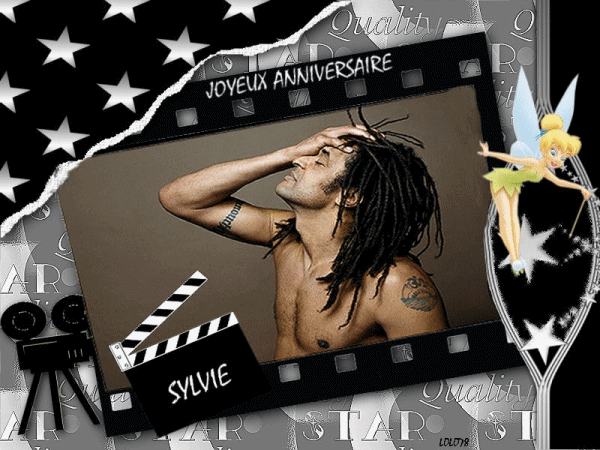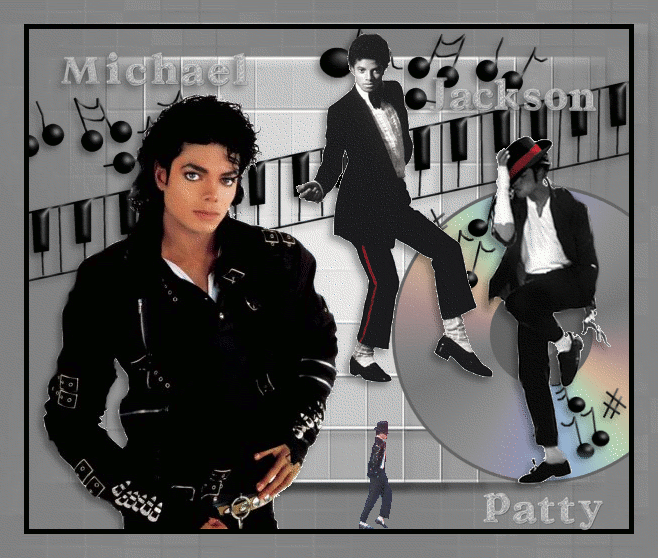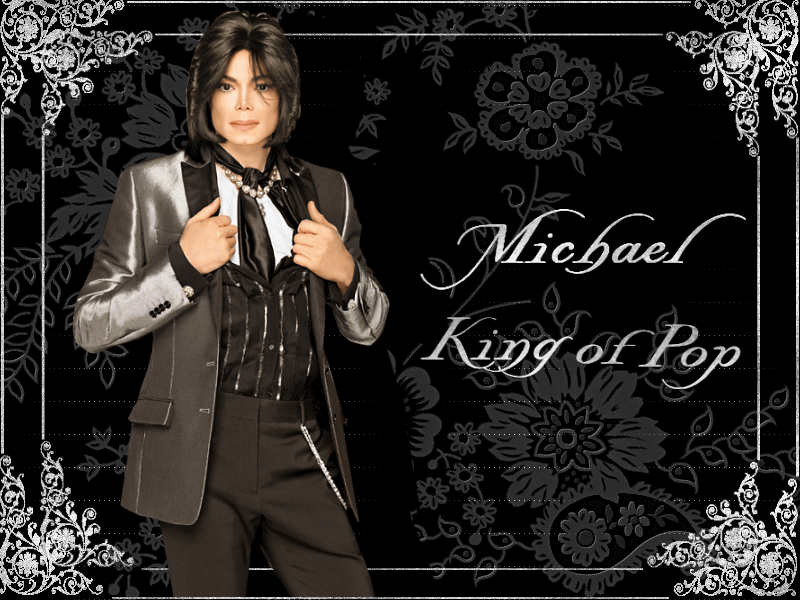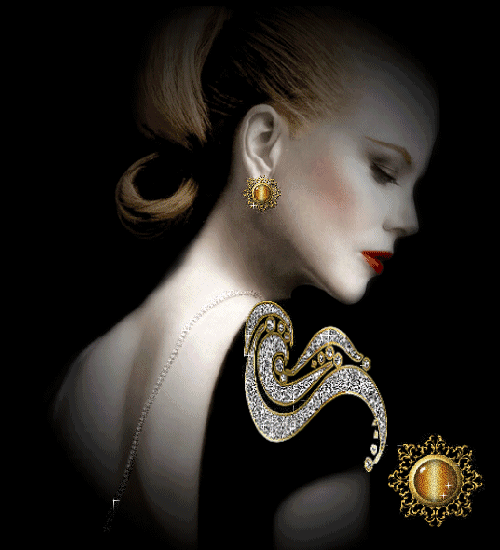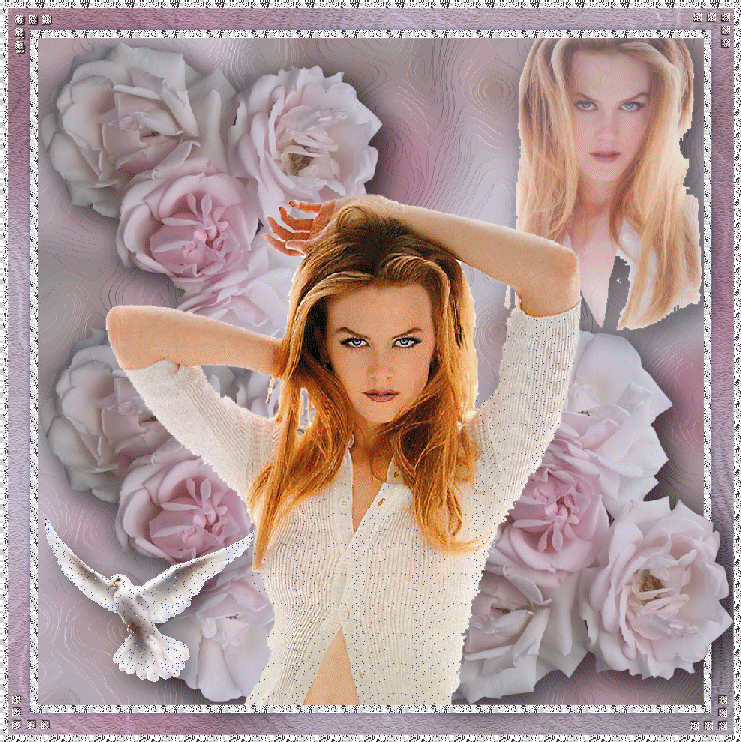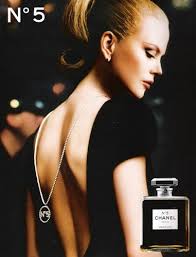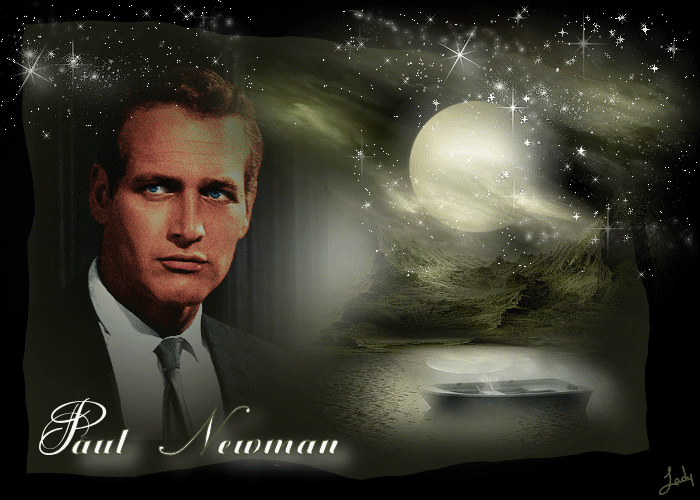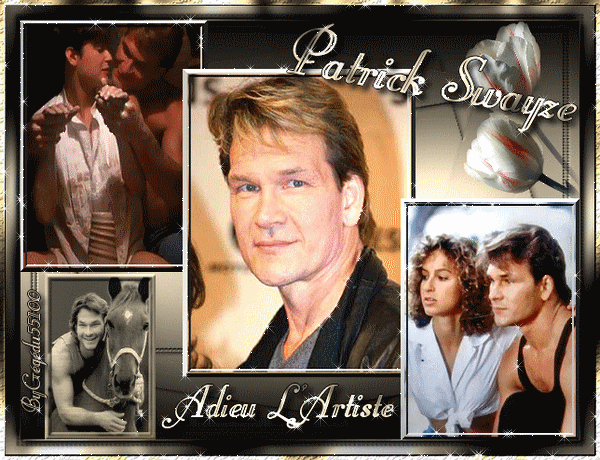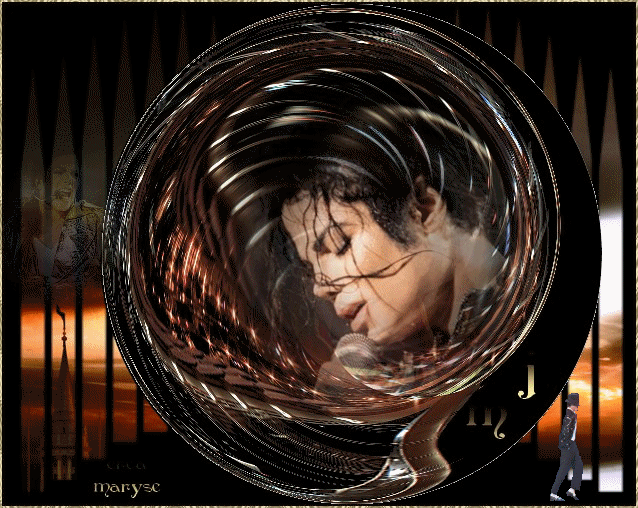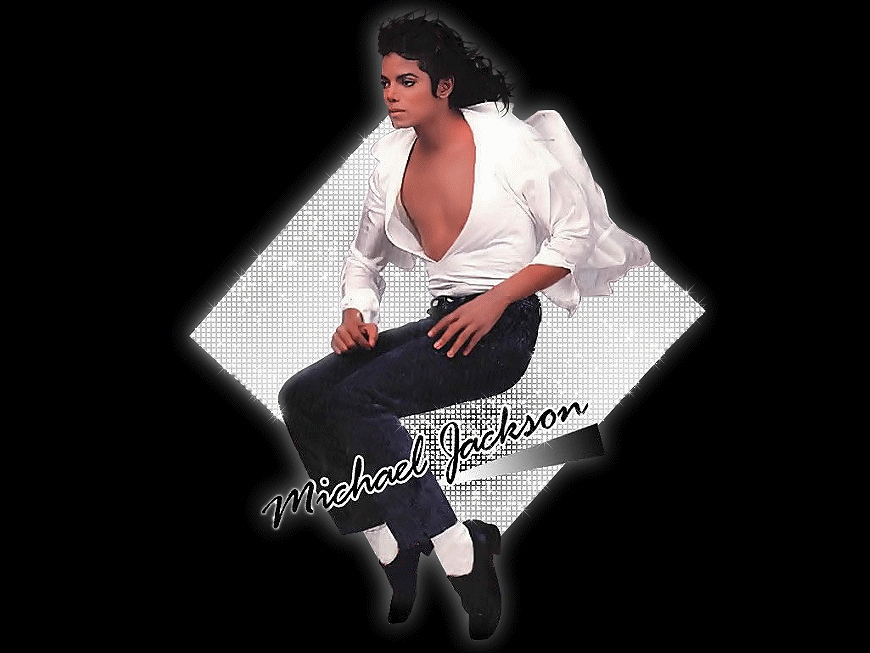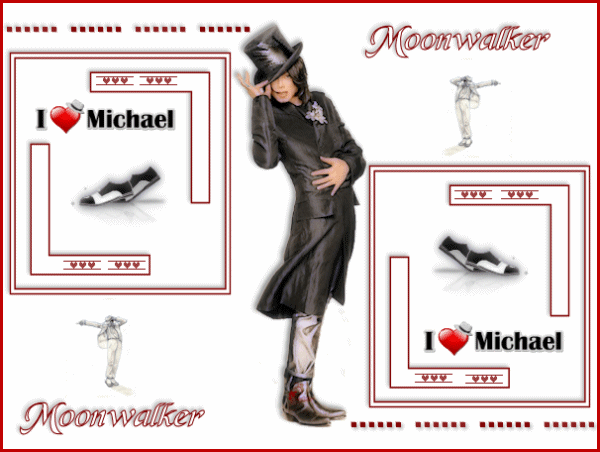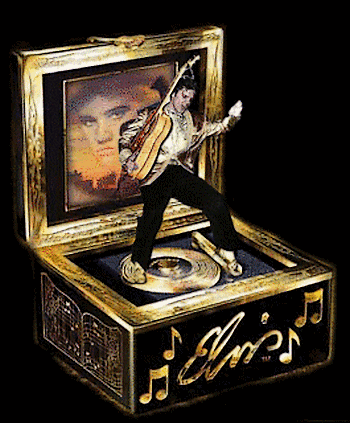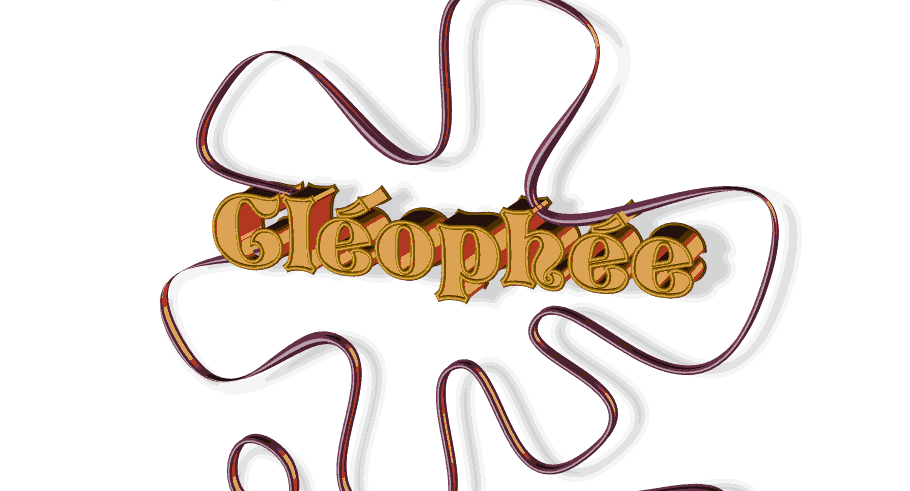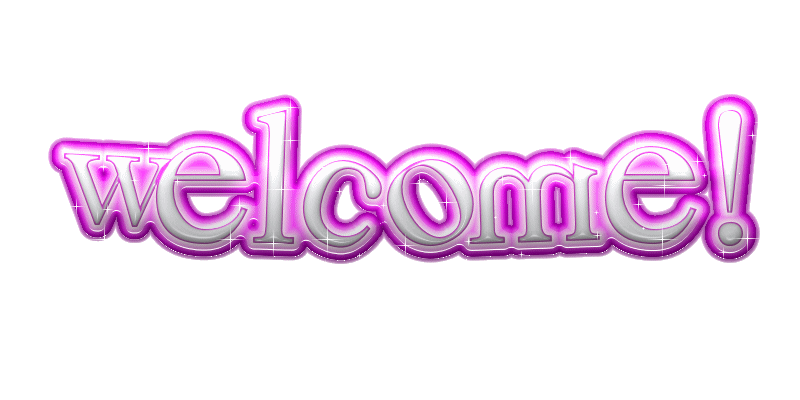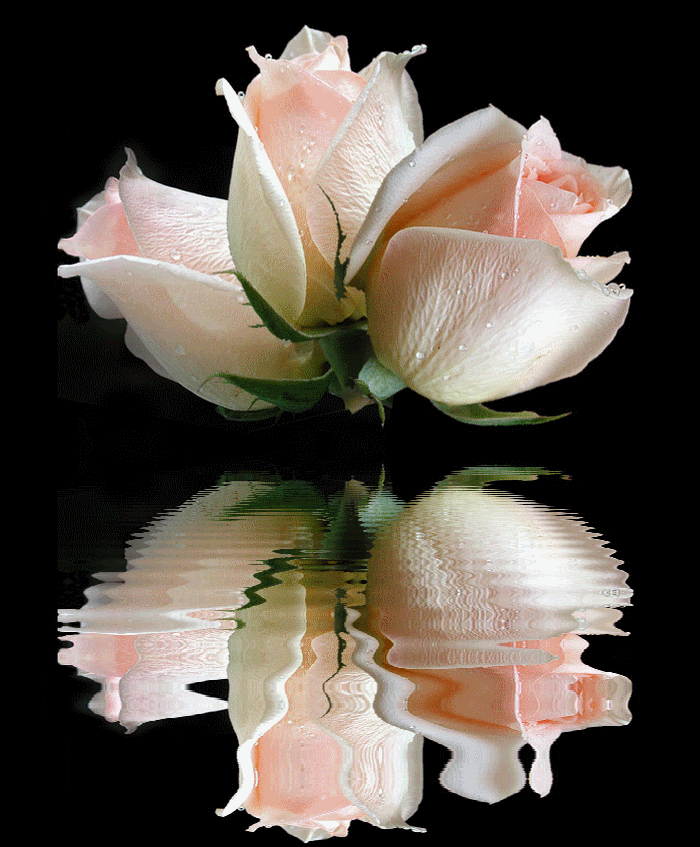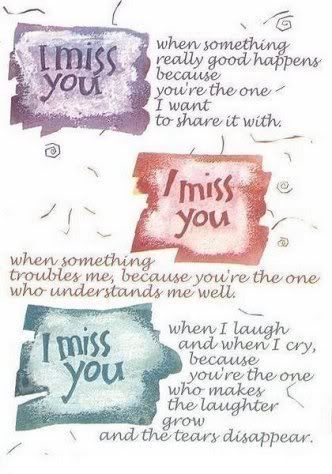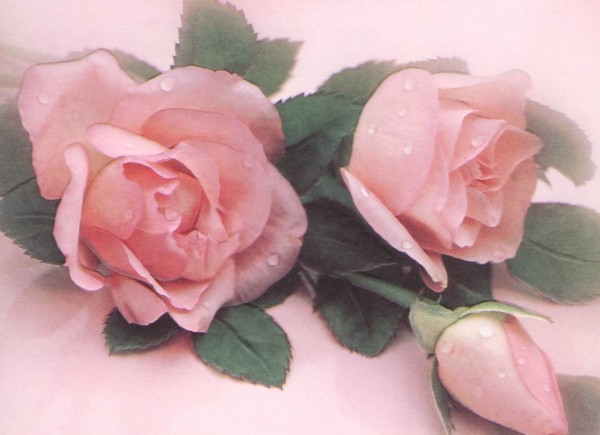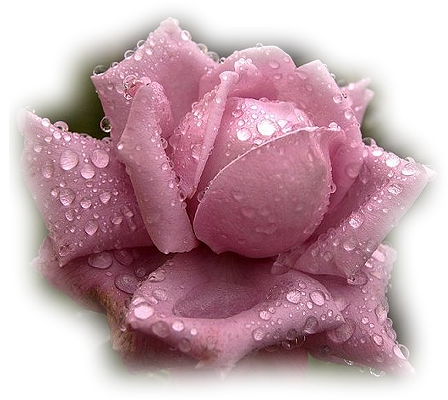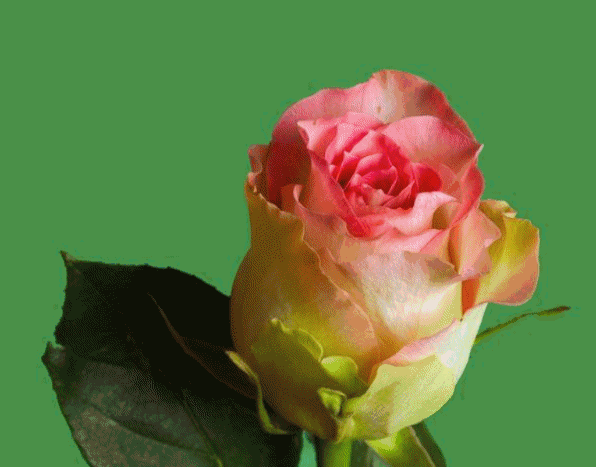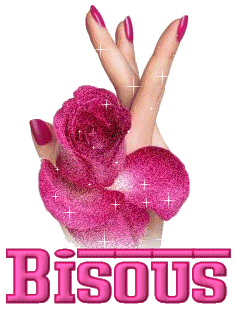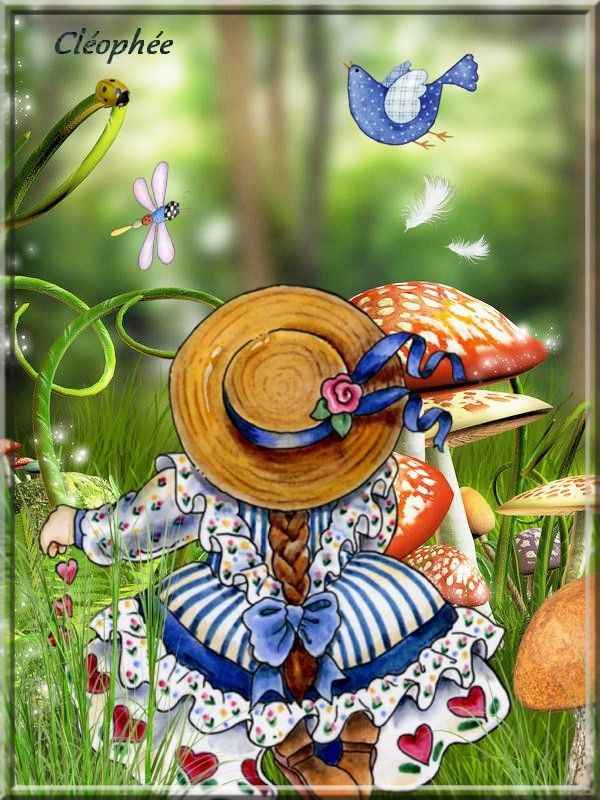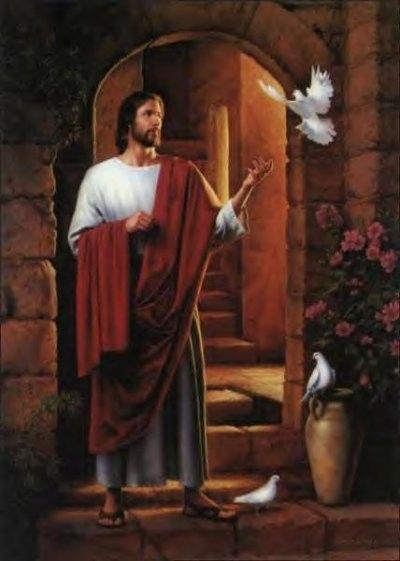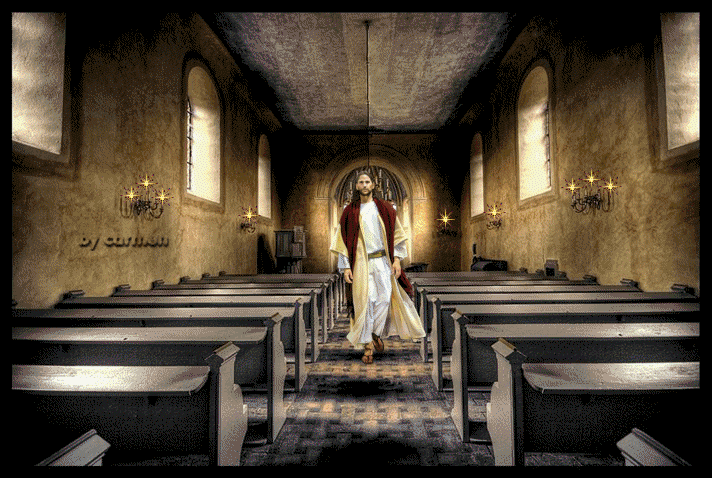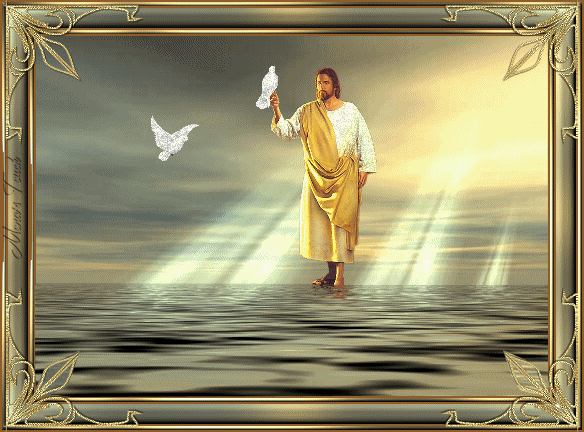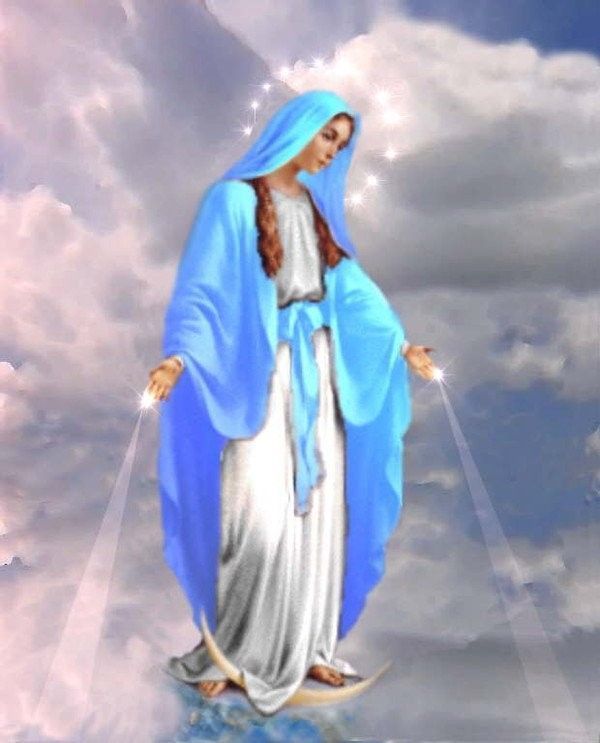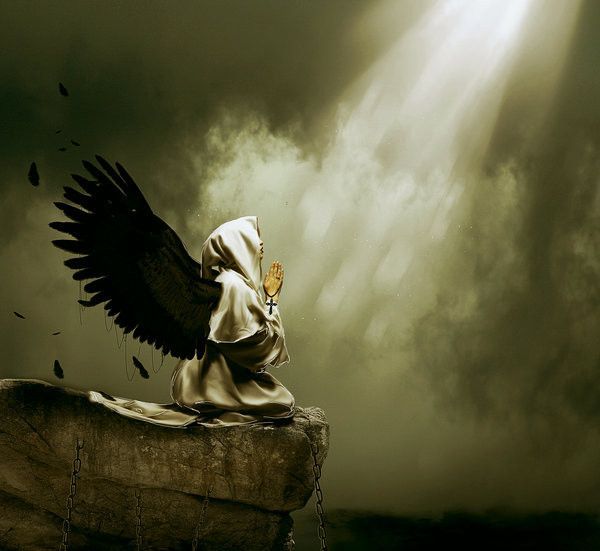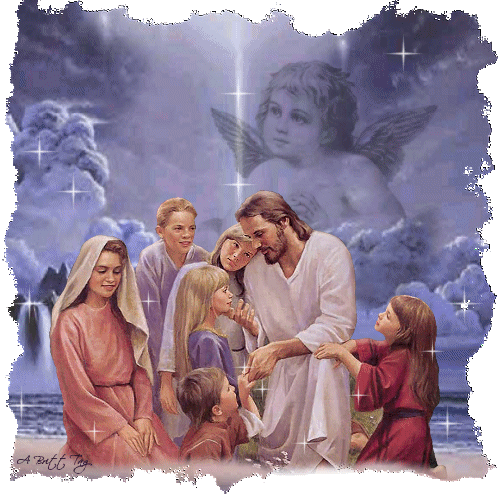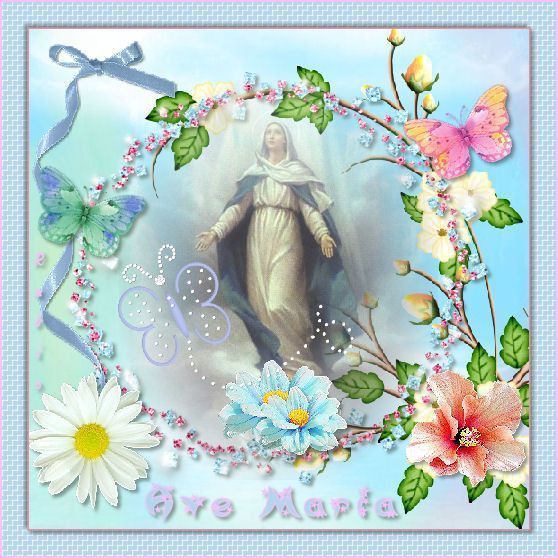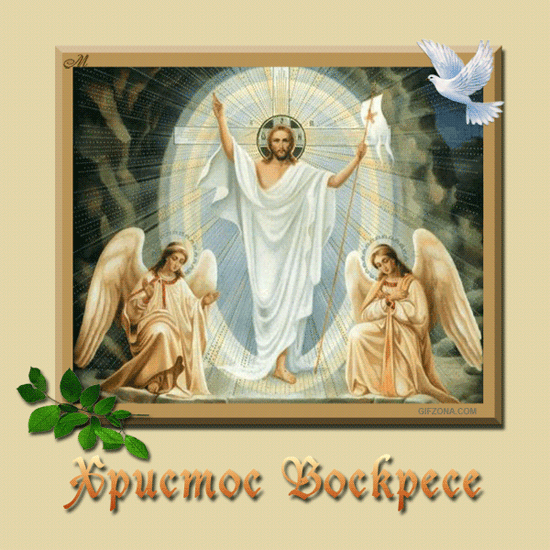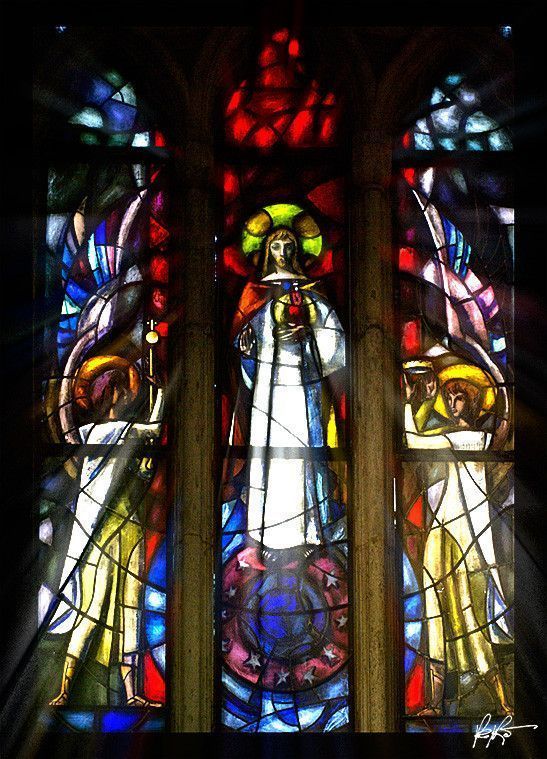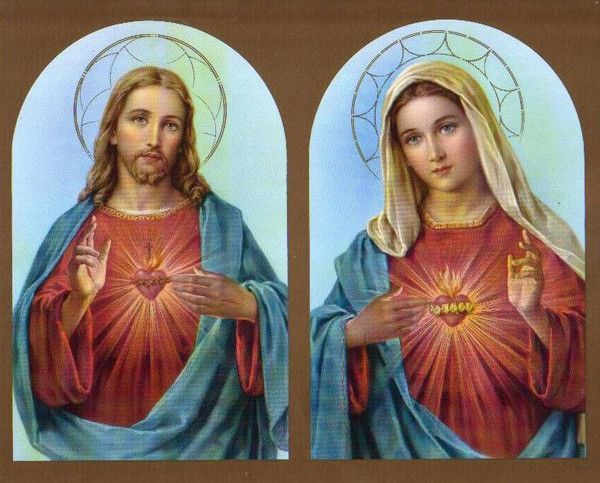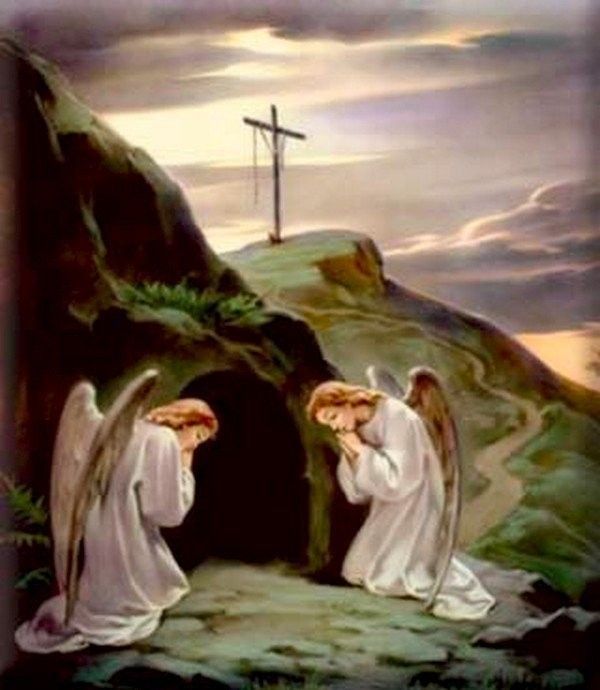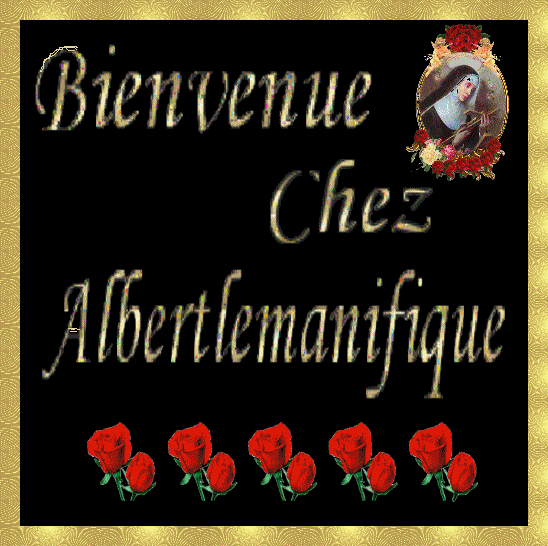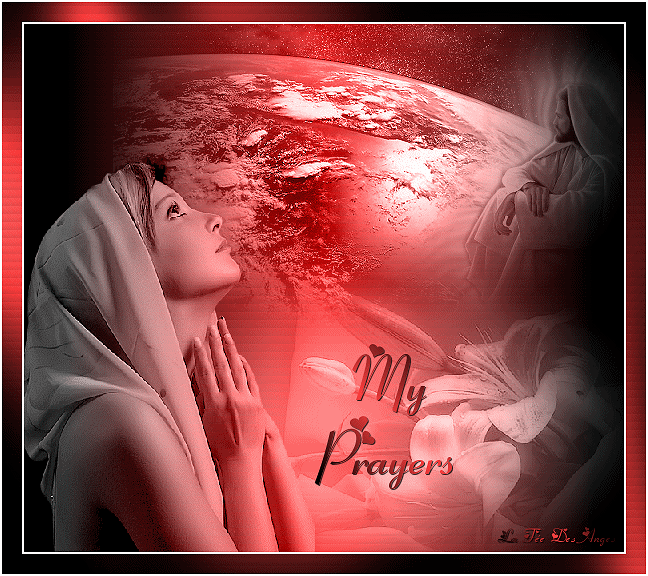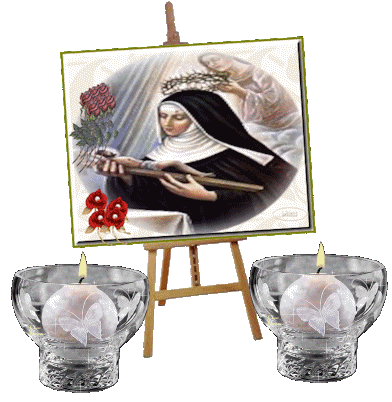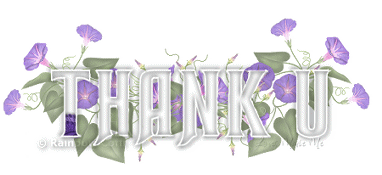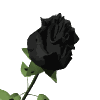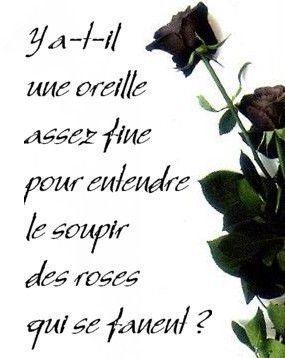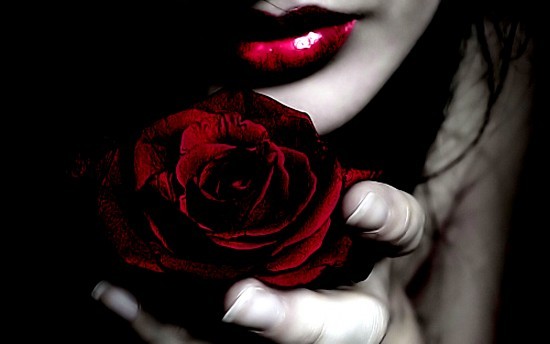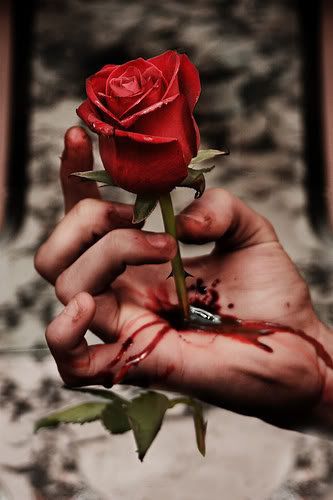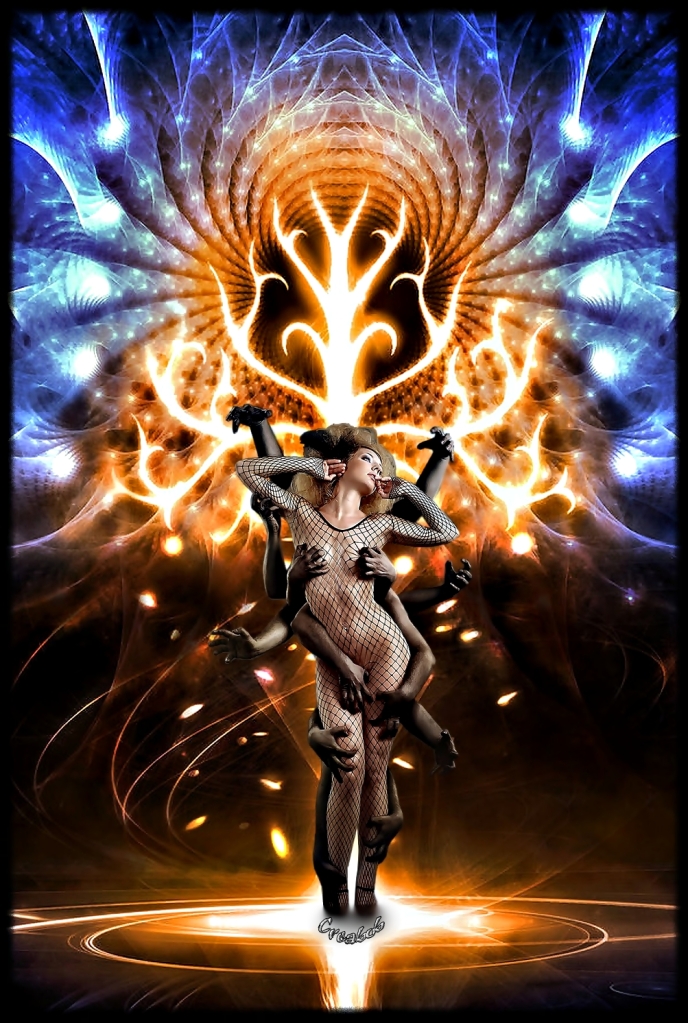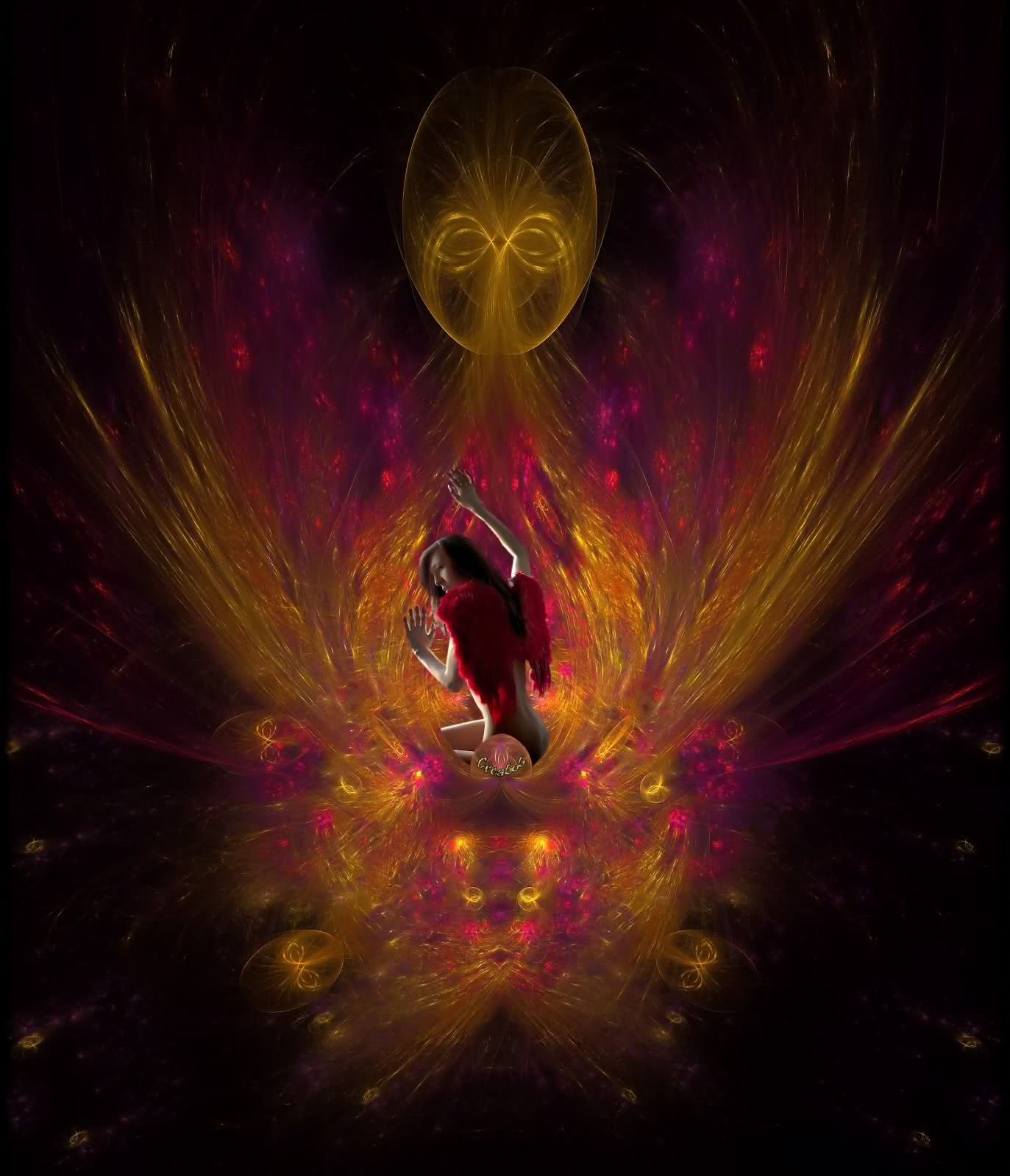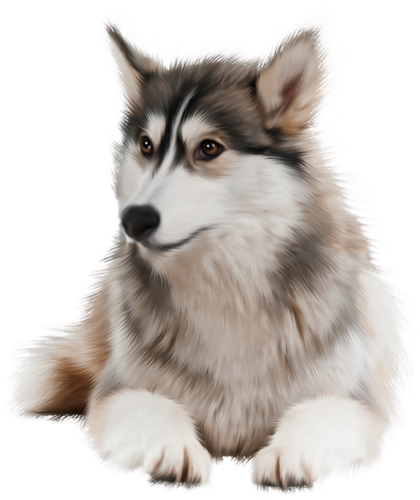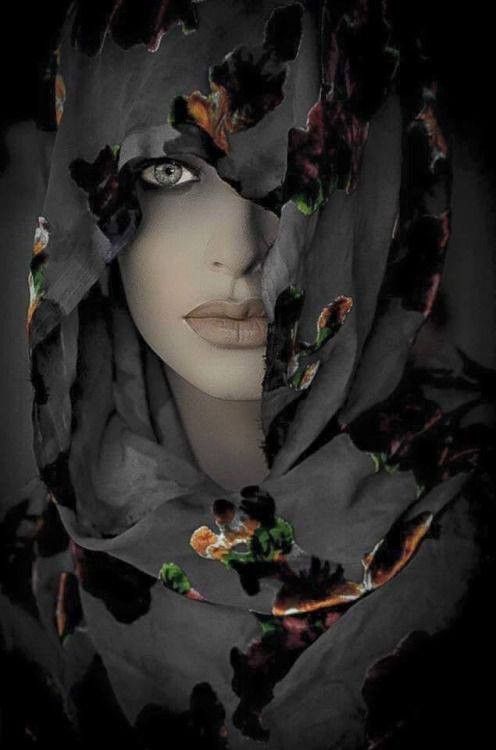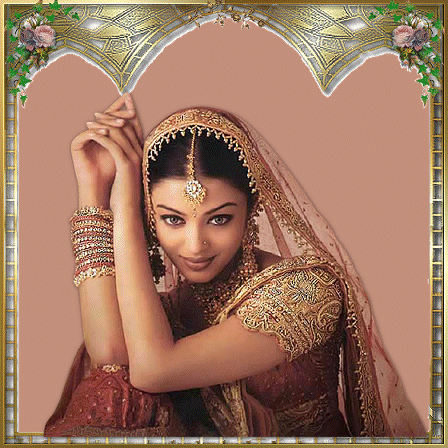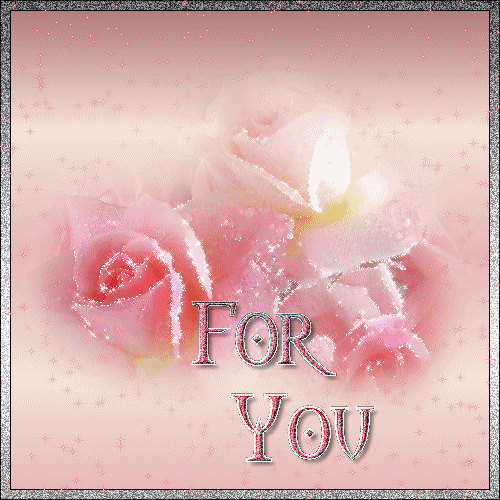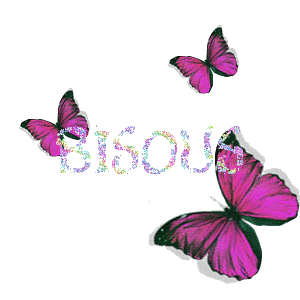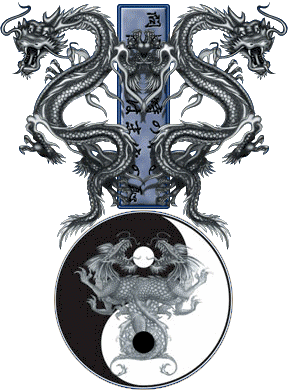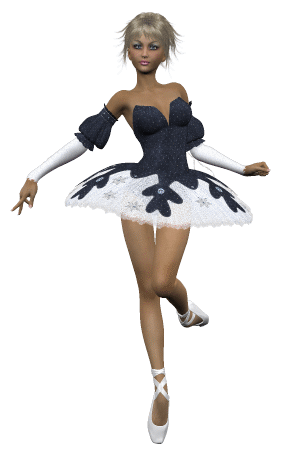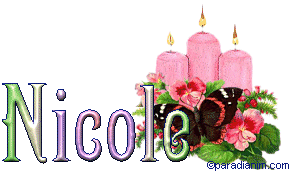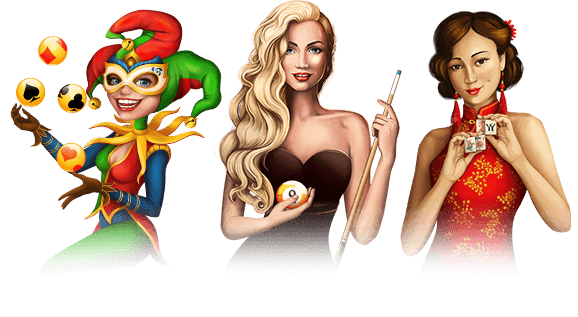 Turn the clock back this weekend
Turn the clock back this weekend
We'll get that 'extra hour' by
turning back the clocks at 2 a.m. on Sunday,
when daylight saving time ends.



https://www.youtube.com/watch?v=HEo8vjGFYxA
She's a murdera
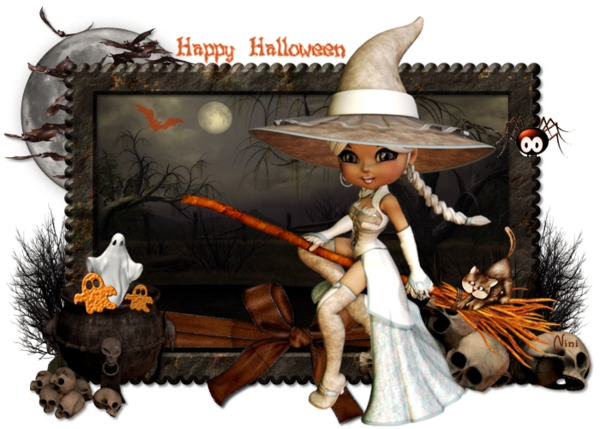




Welcome to What is Halloween? the crazy-fun October 31 holiday!!!
Halloween (or Hallowe’en ... but also known as Samhain, Summer’s End, All
Hallow’s Eve, Witches Night, Lamswool, and Snap-Apple), is a holiday that's
celebrated annually on the night of October 31. It originated in Ireland, and is
celebrated in quite a few countries including Ireland itself, the United States, Canada, the
United Kingdom, Japan, New Zealand, Australia, Sweden among others. It's
celebrated in a variety of ways and activities including trick-or-treating,
ghost tours, bonfires, costume parties, "haunted house" tours, carving pumpkins
(Jack-o'-lanterns) and reading / watching scary stories / movies.
 History of Halloween
History of Halloween
Halloween (or Hallowe’en ... but also known as Samhain, Summer’s End, All
Hallow’s Eve, Witches Night, Lamswool, and Snap-Apple), is a holiday that's
celebrated annually on the night of October 31. It originated in Ireland, and is said to be among the world’s
oldest holidays. The simple history of Halloween - it has its origins in
the ancient Celtic festival known as Samhain (celebration of the end of the
harvest season in Gaelic culture). Traditionally, the festival was a time that
was used by the ancient pagans to take stock of their supplies and slaughter
livestock for winter storage. The ancient Gaels believed that on
October 31, the boundary between the living and the dead dissolved, and the dead
become dangerous for the living by causing problems such as sickness (plague) or
damaged crops. The celebration of Samhain would frequently involve bonfires,
upon which the bones of slaughtered livestock were thrown; costumes and masks
were also worn in an attempt to mimic the evil spirits or placate them.

The essential elements of Halloween - lighting bonfires, costuming,
trick-or-treating, telling ghost stories and attending parties can all be traced
back to Samhain celebrations as early as 2000 years ago. Ultimately, the Celts
believed that on October 31, the Lord of Death (Saman), would call together all
the souls that had died the previous year in order for them to travel to the afterlife. Thus, the living would
often disguise themselves in ghoulish costumes in order for the spirits of the
dead to think they were one of their own, and pass by them without incident. The
villagers would also wear masks and form parades in order to lead the spirits
(souls) out of the town. The Celts would also offer food to Saman, in order to
persuade him to more be temperate when he is judging their ancestors. This is seen as a precursor to
"trick-or-treating", a key component of modern day Halloween celebrations.

History of Halloween in America - Halloween did not become a holiday
in the United States until the 19th century. Strict
Christian traditions and lifestyles prevented this, and American almanacs of the
late 18th and early 19th centuries don't include Halloween in their lists of
holidays. The trans-Atlantic migration of almost 2 million Irish in the
mid-1850s finally brought Halloween to the United States. Scottish emigration,
primarily after 1870, also brought the Scottish version of Halloween. By the
mid-1900s, Halloween had become engrained in the fabric of American society.
From a commercial perspective, Halloween is now the United States' second most
popular holiday (after Christmas).





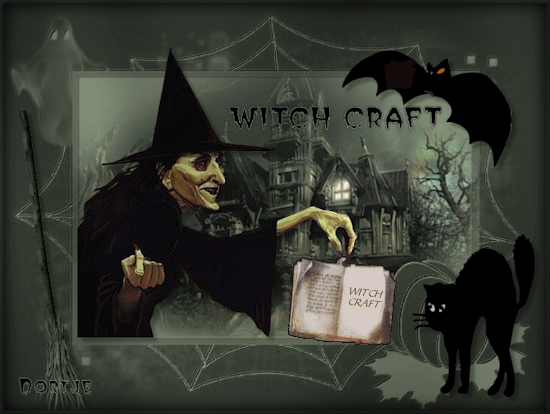
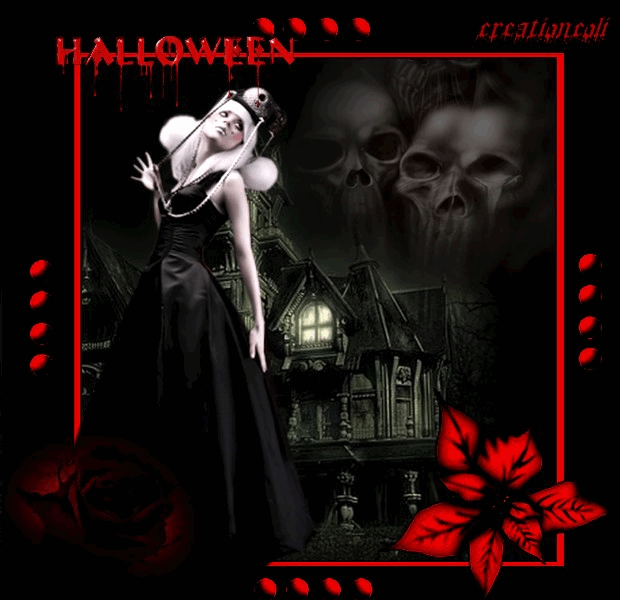
chez mon amie Colibri
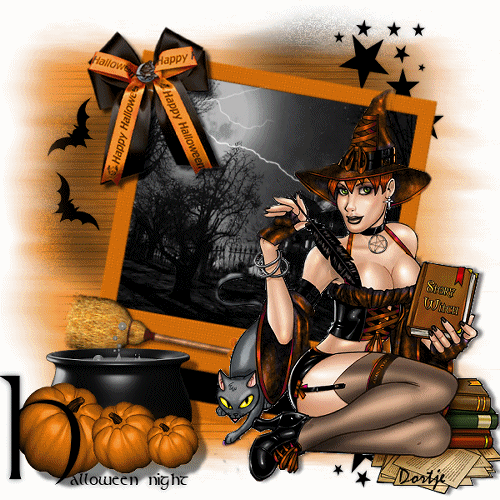
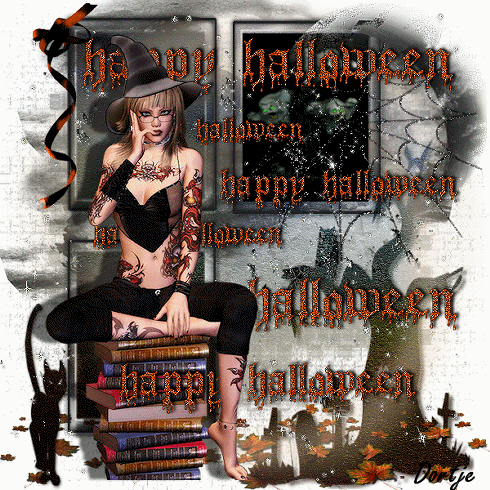
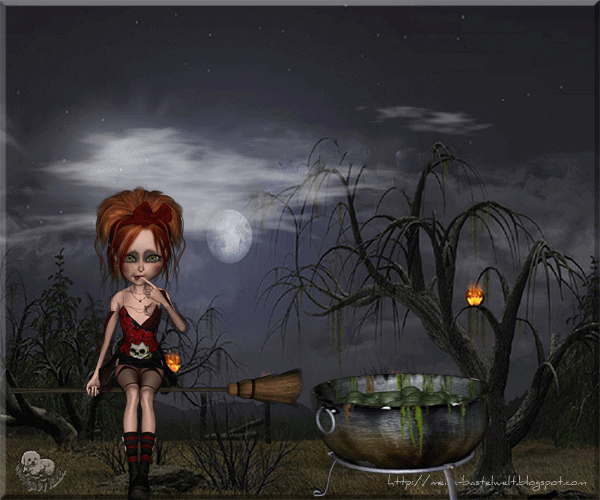
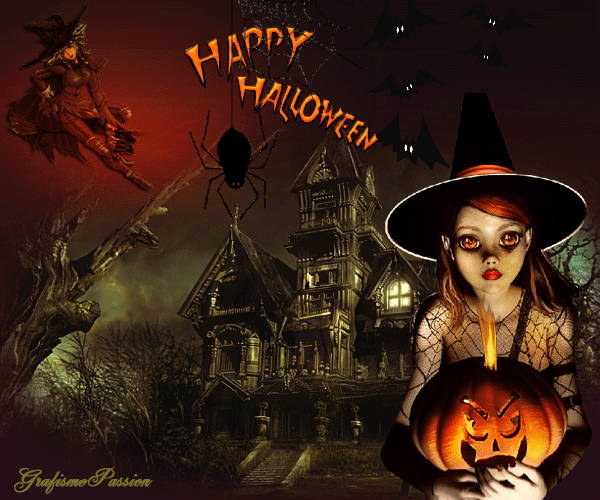
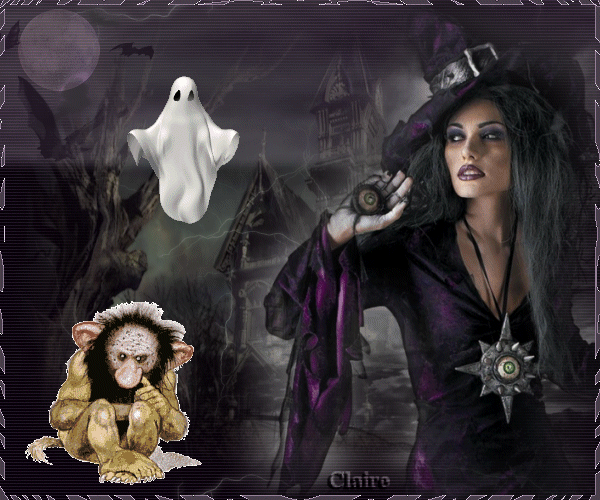

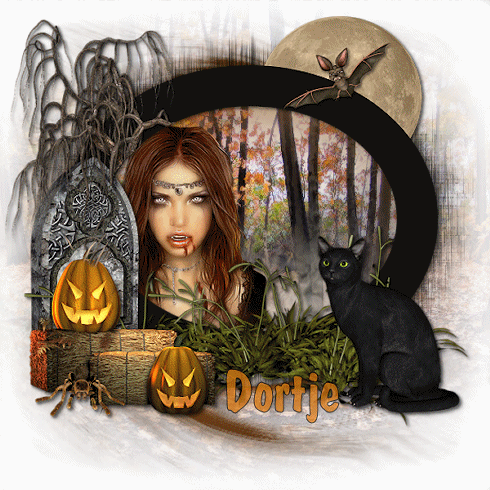

























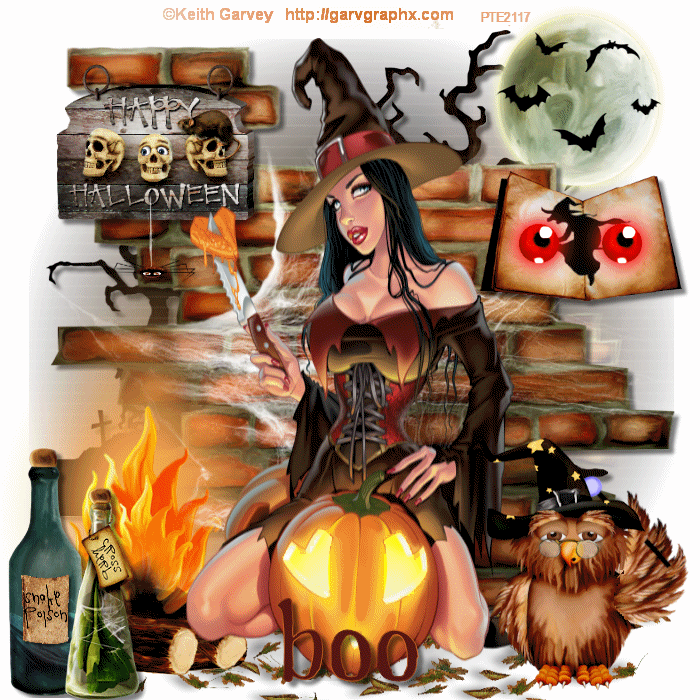


https://www.youtube.com/watch?v=f0rPzlj11nI


![]()









